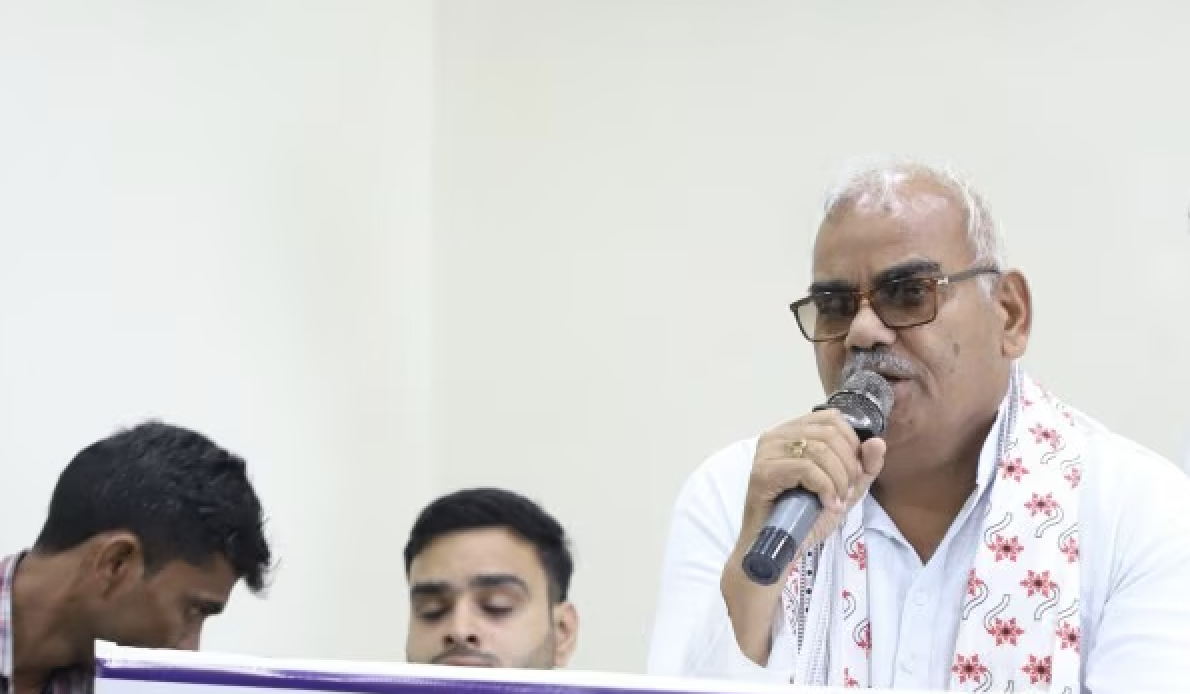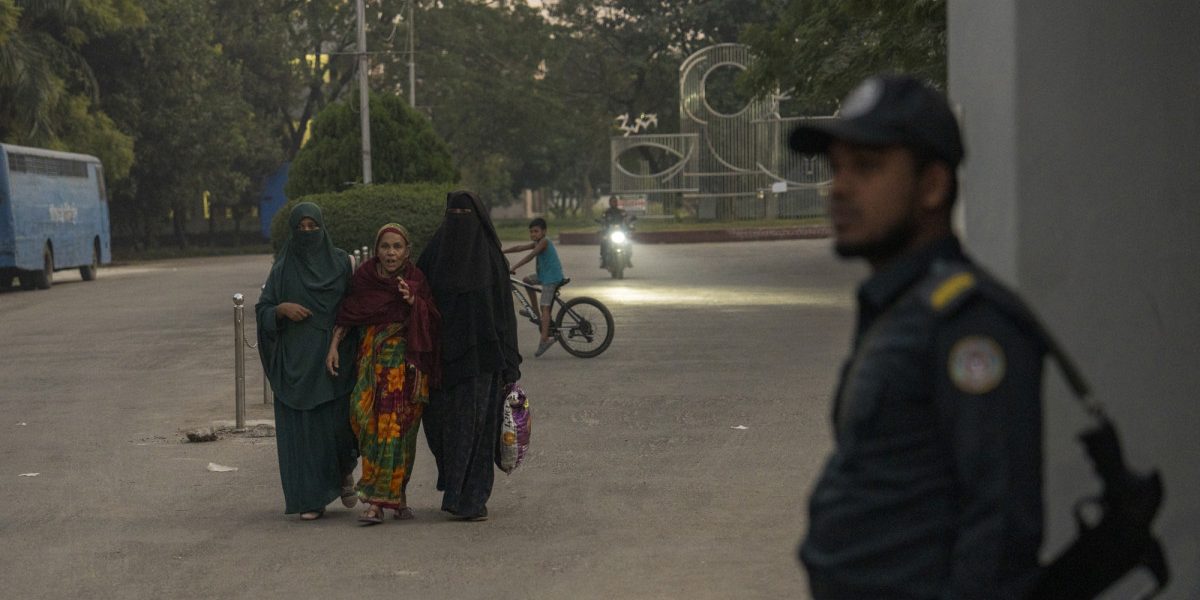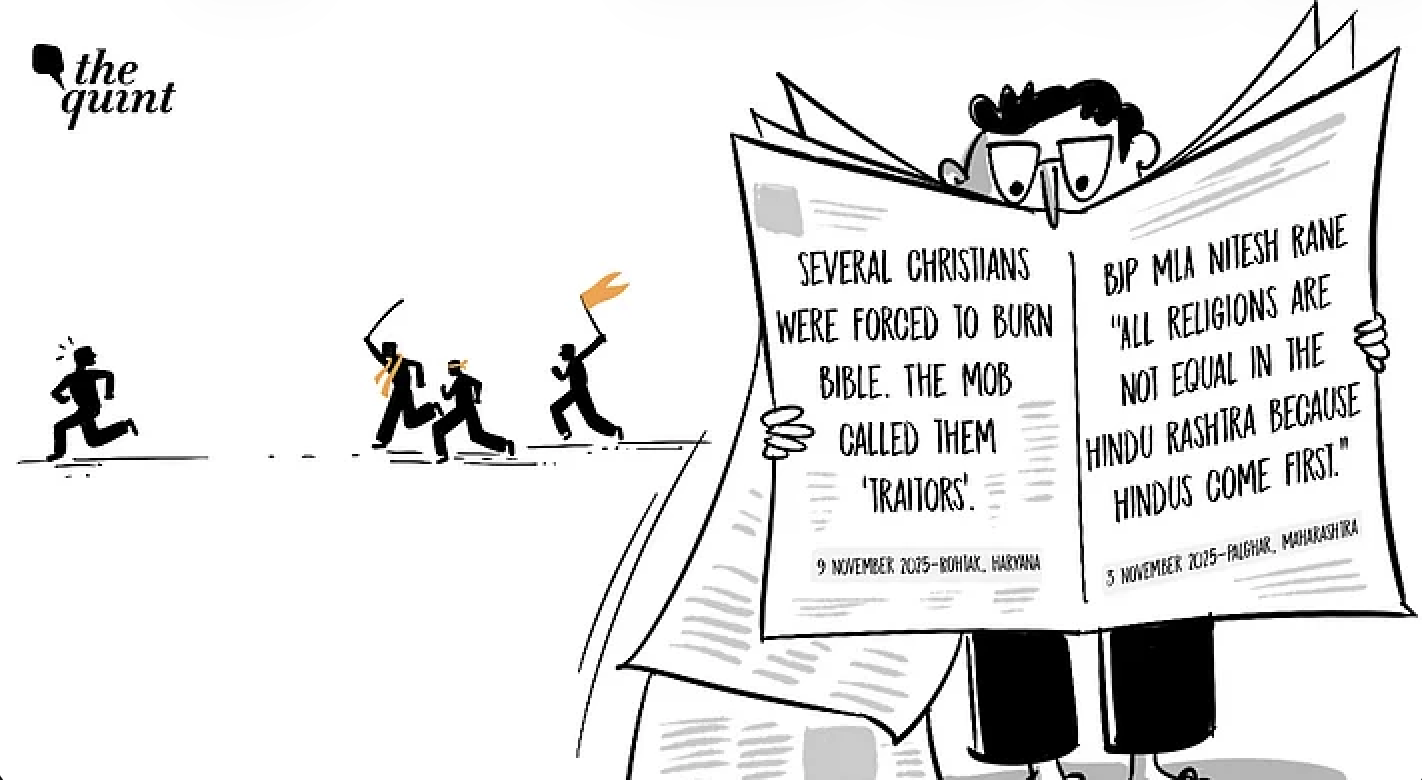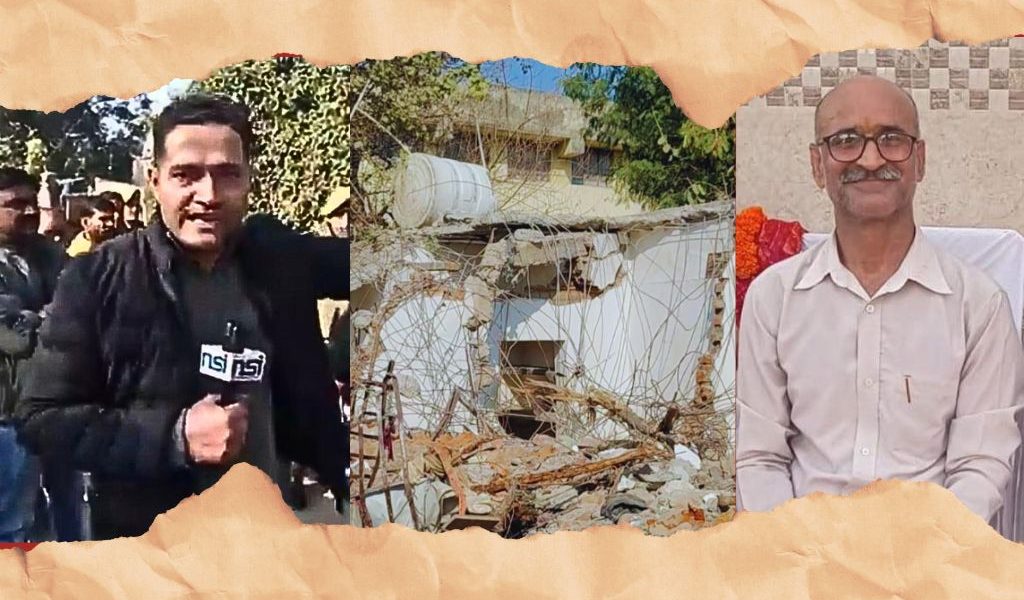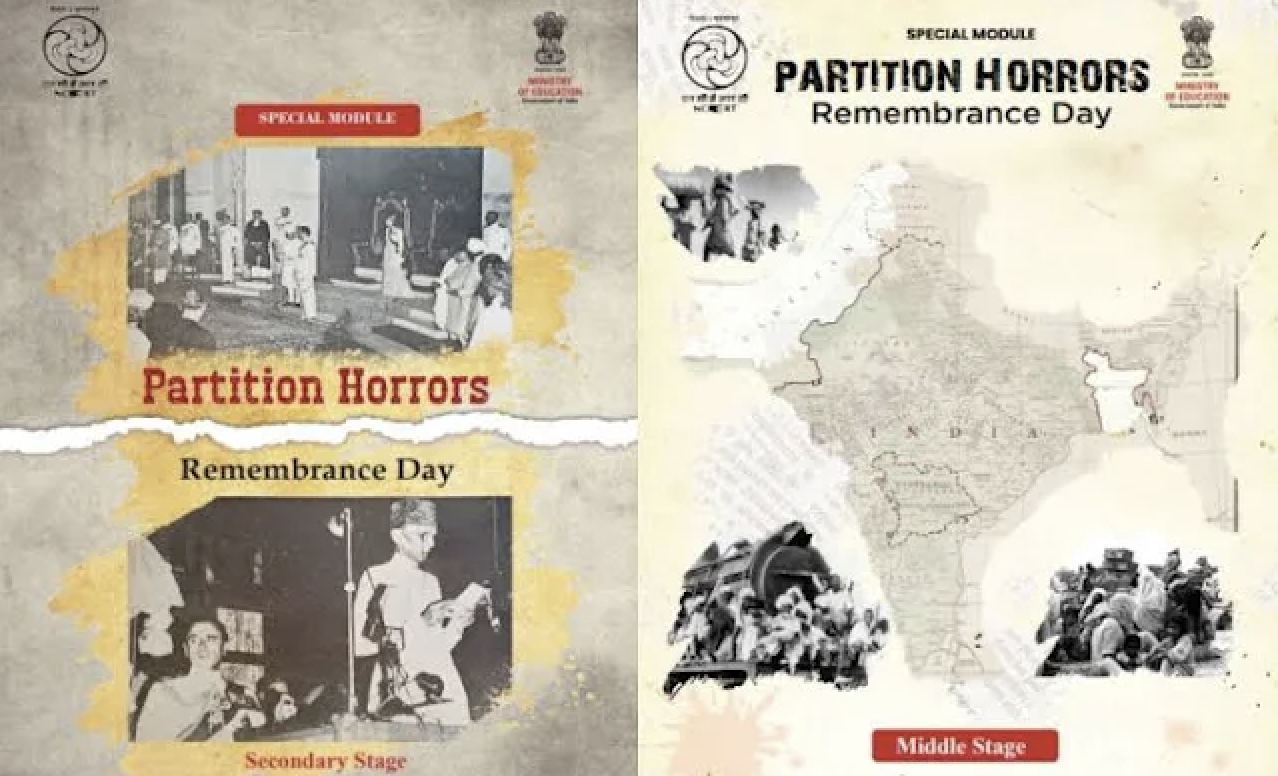
By Shamsul Islam
There is a saying that when incompetent teachers are appointed, generations of students are at risk. The recent NCERT “Special Module” on Partition Horrors, released as supplementary material for Classes 6 to 8, raises precisely this concern. Framed as a resource for projects, posters, and debates, it claims to provide a historical understanding of Partition but instead promotes a selective narrative aligned with the ideological positions of the RSS.
The module was launched on August 14, 2025, as part of “Partition Horrors Remembrance Day,” an observance instituted in 2021 by Prime Minister Narendra Modi to remember the suffering of millions displaced or killed in 1947. In Modi’s own words: “Partition’s pains can never be forgotten. Millions of our sisters and brothers were displaced, and many lost their lives due to mindless hate and violence.” Yet instead of encouraging balanced reflection, the NCERT document is marked by omissions and distortions, shifting the burden of Partition onto the Muslim League and Congress while obscuring the role of Hindu Mahasabha and RSS.
One recurring theme in the module is that Partition stemmed from the “two-nation theory” articulated by Muhammad Ali Jinnah and rooted in “political Islam.” It reproduces Jinnah’s 1940 Lahore speech: “The Hindus and Muslims belong to two different religious philosophies, social customs, and literatures…they belong to two different civilizations which are based mainly on conflicting ideas and conceptions.” This is presented as the origin of Partition. What the NCERT fails to mention is that Hindu nationalists had long advanced the same conception.
As early as 1923, V. D. Savarkar declared in his book Hindutva: “Christians and Mohamedan communities…cannot be recognized as Hindus…Their heroes and their hero worship, their fairs and their festivals, their ideals and their outlook on life have now ceased to be common with ours.” Later, in his 1937 presidential address to the Hindu Mahasabha, he made it explicit: “There are two nations in the main: the Hindus and the Moslems, in India.”
The RSS echoed this view right up to independence. On August 14, 1947, the eve of freedom, its mouthpiece Organiser editorialized: “In Hindusthan only the Hindus form the nation and the national structure must be built on that safe and sound foundation.” Such pronouncements show that the two-nation idea was not an exclusive creation of Jinnah or the Muslim League but was deeply embedded in Hindu nationalist thought.
The module also attempts to portray the Muslim League as representative of all Indian Muslims. While the League did win 73 out of 78 Muslim seats in the 1946 Constituent Assembly elections, this was under a restricted franchise. Granville Austin notes: “Only 28.5 percent of the adult population of the provinces could vote in the provincial assembly elections of early 1946…Economically and socially depressed portions of the population were virtually disenfranchised.” Among Muslims the proportion was even lower, as in Bihar, where only 7.8 percent of the Muslim population could vote. To describe the League as speaking for all Muslims ignores this context.
Another distortion is the suggestion that Congress leaders were chiefly responsible for Partition. The NCERT states: “For the first time Indian leaders themselves willingly handed over vast part of the country permanently outside the national fold…without even their consent.” Yet the same document acknowledges that both Patel and Nehru saw Partition as unavoidable in the face of mounting violence. Patel called it “a bitter medicine,” while Nehru described it as “bad but inevitable.” Gandhi too, who had long opposed Partition, reluctantly conceded once Patel and Nehru accepted it.
This story was originally published in counterview.net. Read the full story here.


